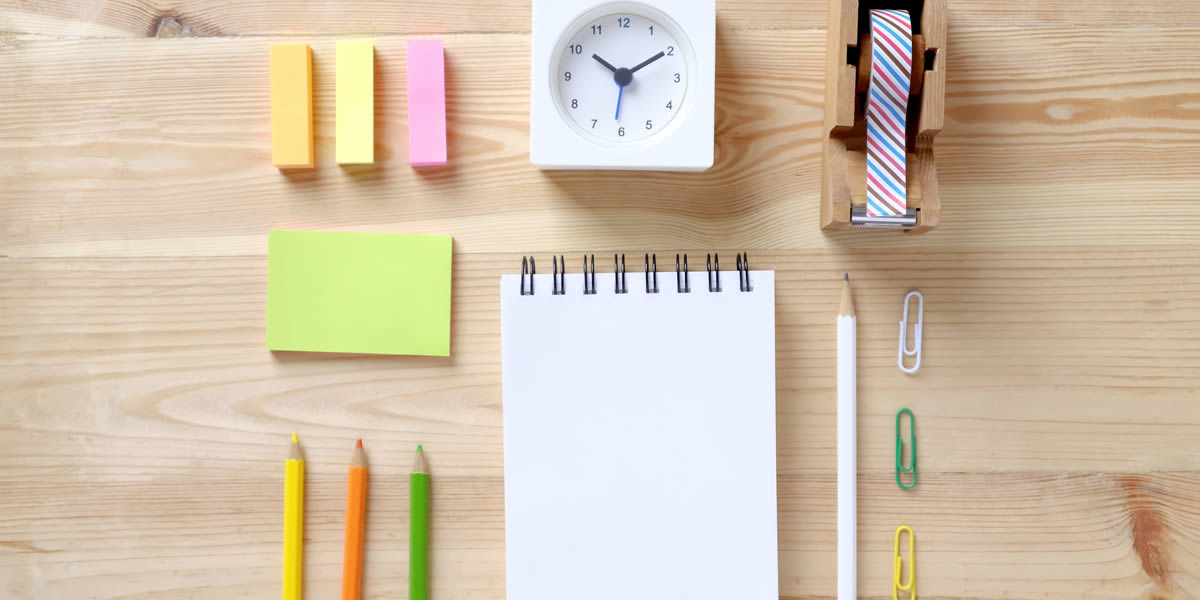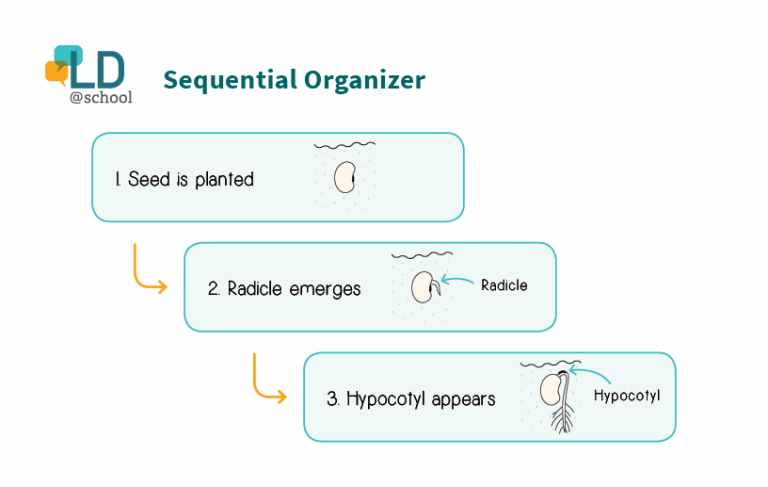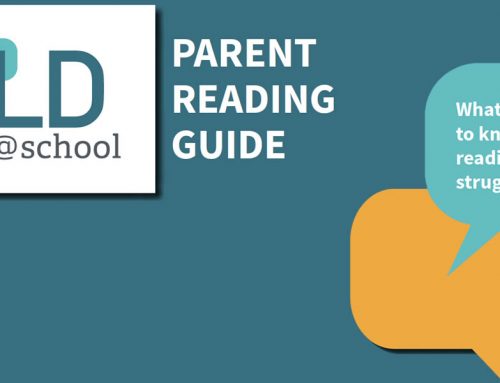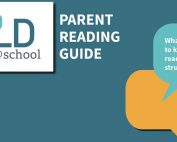Students with a learning disability (LD) often have difficulty keeping schoolwork organized. A visual display of information, thoughts, and ideas is extremely beneficial for a student with an LD. Graphic organizers are useful tools for expressing knowledge, clarifying concepts, and showing relationships. A graphic organizer can help students organize assignments into manageable pieces and guide them through the process to completion.
Think of how a kitchen is organized: cutlery is placed in a drawer; plates and bowls are stored together; perishable food is in the fridge and non-perishables in the pantry. Imagine how frustrating it would be to work in a kitchen that had these mixed up – dishes in the fridge; cutlery in various cupboards; and perishables in the pantry! This disarray is what students with learning disabilities may feel when trying to capture thoughts and ideas for an assignment. Using a graphic organizer helps to keep ideas and information visually sorted and makes written assignments much easier to begin and complete.
The first step in using a graphic organizer is to understand the purpose of the assignment. For example, a novel study may require students to identify specific characters, plot themes, and make personal connections. While reading their novel, students can use a graphic organizer to sort and store information for future reference.
Some graphic organizers are used to support specific concepts. To choose the best organizer for the task, students should consider the following questions: “What does this activity ask me to do?” or “What is the learning goal of this activity? Although there are many commercially produced graphic organizers available, students can easily create their own. A graphic organizer can be as simple as dividing a piece of paper into parts, labeling each part, and adding the information.
Below are some common types and examples of graphic organizers:
Comparison Organizers
When a student is required to compare and contrast two or more things, Venn Diagrams and Comparison Charts are very effective graphic organizers.
Example: Compare and contrast two main characters in your novel.
A Venn diagram is used to compare two characters in the example below. What traits do they have in common? What are their differences? Using three circles to sort characteristics, the middle circle highlights similarities between the two characters. Additional circles are added when comparing more than two ideas and concepts.
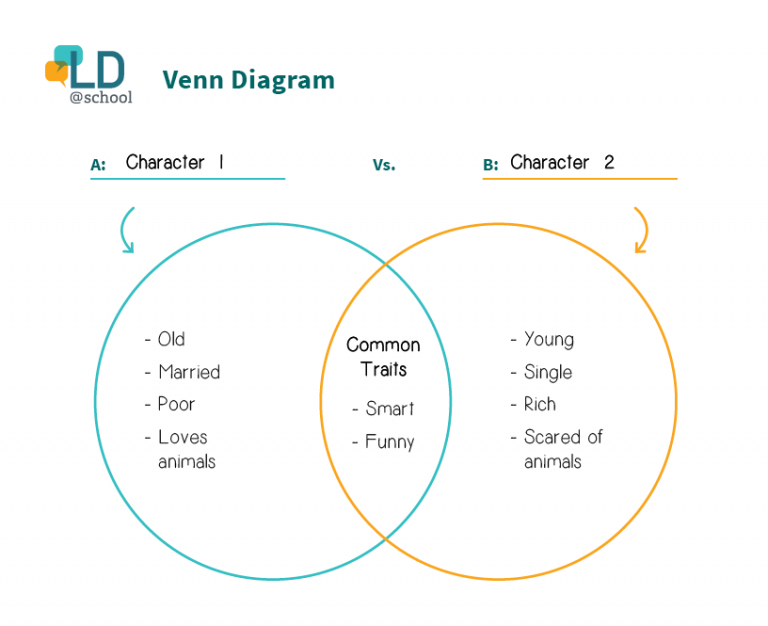
Comparison Chart
A chart is another tool for comparing ideas and information:
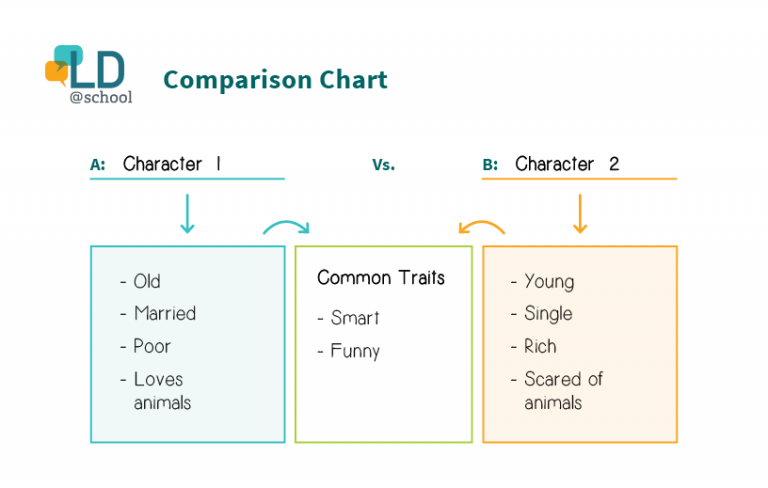
Conceptual Organizers (Mind Map)
When a student is asked to show a concept, organize ideas, and/or group similar or related ideas together, a conceptual organizer is useful. This chart’s organization may change as the assignment progresses. More boxes, colours, and lines can be added to join like ideas.
Example: What were the causes and effects of the Great Depression in Canada?
This example assignment is possibly leading to a written task such as writing a short story or opinion piece on the Great Depression.
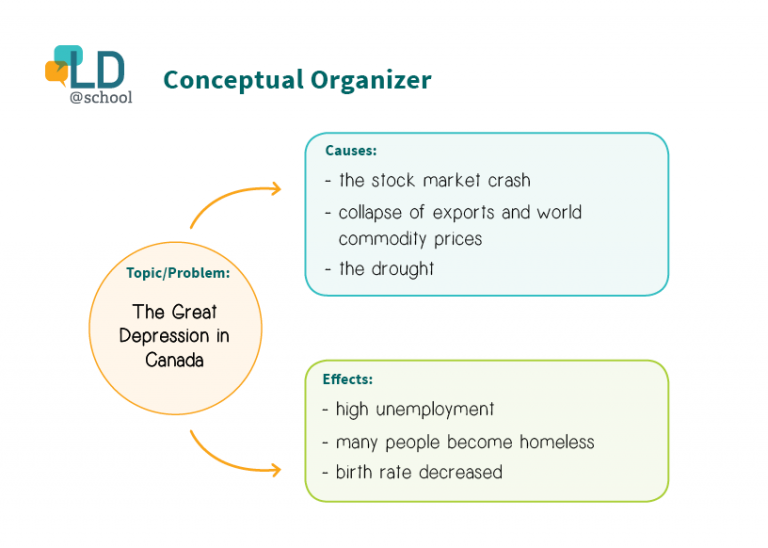
A mind map is often used to record ideas for a project or assignment. It can keep similar ideas together and help give some structure.
Example: Write a three-paragraph essay on your pet.
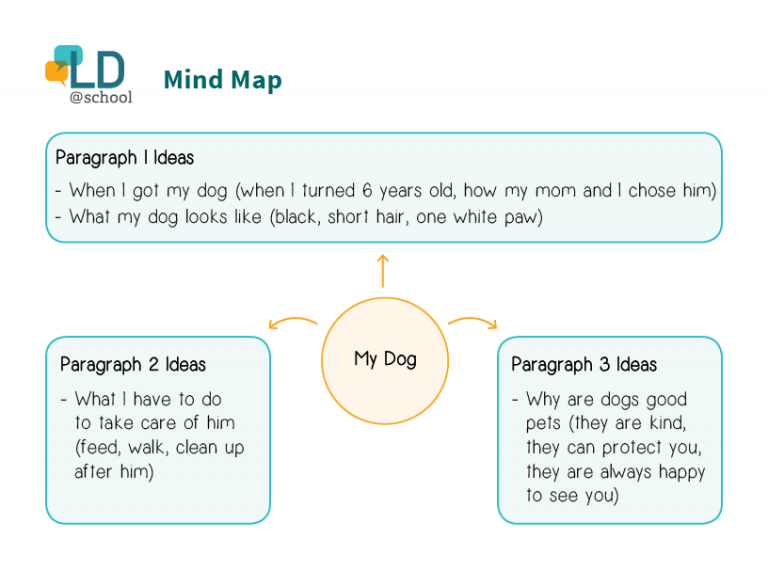
Descriptive Organizers
Descriptive organizers are used to describe a concept.
Example: Describe the setting of the novel you are reading.
Setting
Describe how the setting of your novel looks, smells, sounds, and feels.
|
Looks Like
|
Sounds Like
|
|
Smells Like
|
Feels Like
|
Math Problem Graphic Organizer
If a student is asked to order information, a sequential organizer is a helpful tool.
Example: What are the stages of germination of a bean seed? Include pictures and text.
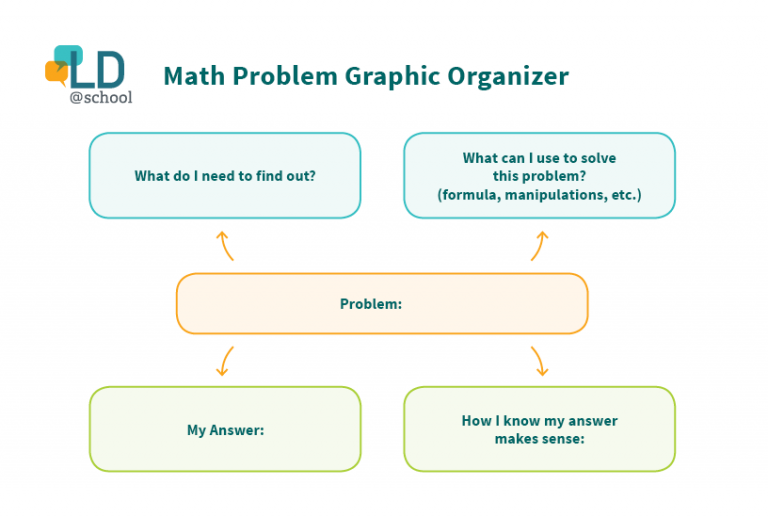
Additional Resources
A variety of graphic organizer templates are available online. Studenthandouts.com offers over 50 free, printable graphic organizers for cycles, hierarchies, lists, processes, pyramids, and more.
Graphic organizers work well for all subjects, including mathematics, but math may require some specialized organizers to help build relationships, identify patterns, and make connections. A good website for helping with math is Understood.org. This site contains math specific organizers such as number lines, ones-tens-hundreds grids, coordinate and graphic grids, etc. Click here to visit the Understood.org webpage and download free graphic organizers for math.
Online Programs and Apps for Creating Graphic Organizers
There are many online programs and apps available for creating graphic organizers. Here are a few common ones:
- Mindly (Mind Mapping)
- Popplet
- iBrainstorm
- Mindomo
To access these programs and apps, visit Google Play or the Apple App Store and use the search terms “mind mapping” or “graphic organizers”.
Additional Resources on the LD@school website
For more information on graphic organizers, LD@school has some great resources:
Click here at access the LD@school article, Graphic Organizers.

